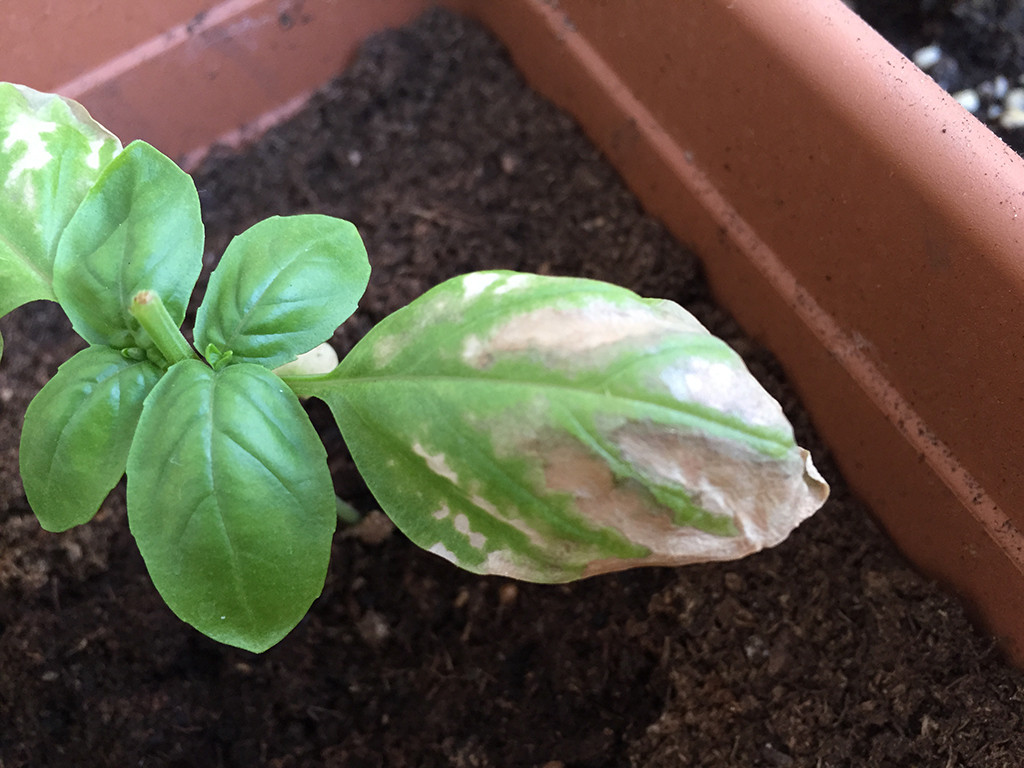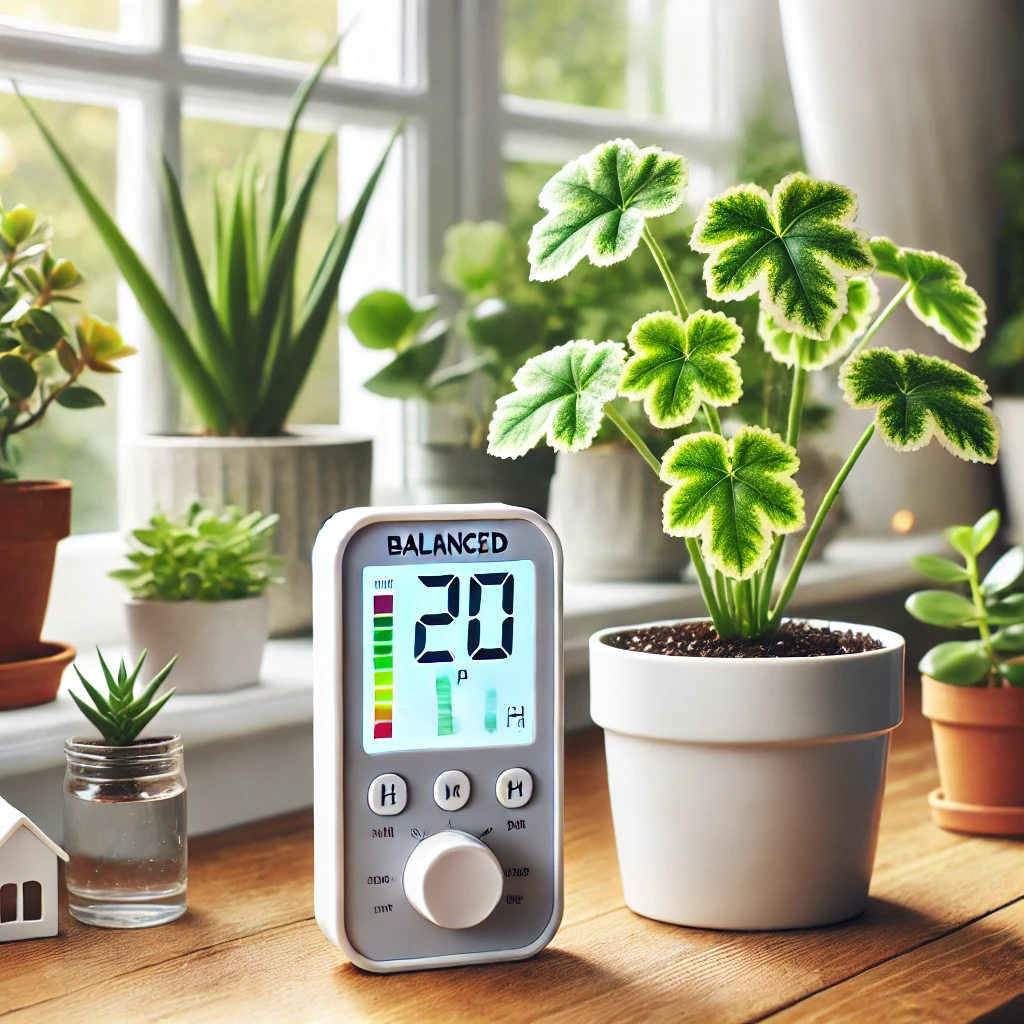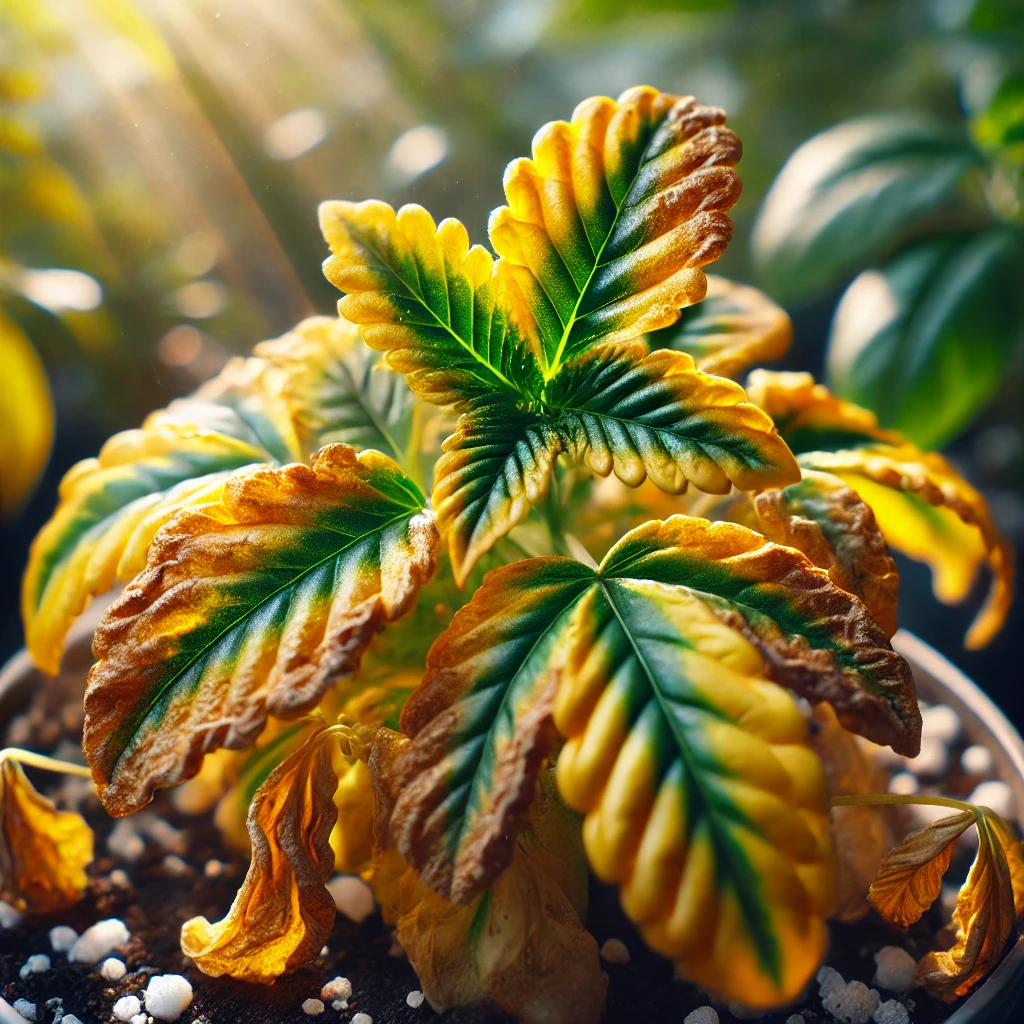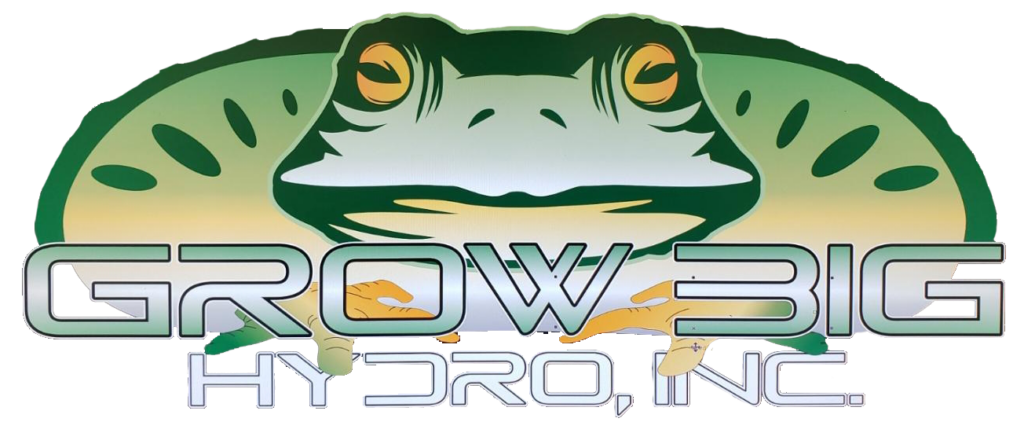Nutrient burn is one of the most common problems in indoor gardening, and it can affect everything from leaf color to overall plant health. When plants receive too many nutrients, especially concentrated macronutrients like nitrogen, phosphorus, and potassium, they may experience nutrient burn. This condition causes leaf edges to turn yellow or brown and can even lead to stunted growth if left unchecked.
In this article, we’ll look at what causes nutrient burn, how to spot the warning signs, and how to prevent it. By following these tips and using the right nutrient products from Grow Big Hydro, you can avoid nutrient burn and ensure your plants stay vibrant and healthy.
What is Nutrient Burn?
Nutrient burn occurs when plants absorb more nutrients than they can process, leading to an excess of salts in the soil or growing medium. This overabundance causes a buildup that burns the plant’s root system and disrupts water absorption, leading to visible damage in the foliage.

Common Signs of Nutrient Burn
Identifying nutrient burn early can help prevent further damage. Watch for these telltale signs:
- Yellow or Brown Leaf Edges: The edges of leaves, particularly older ones, may turn yellow or brown as a result of excessive nutrient levels.
- Dry, Crispy Leaf Tips: Leaf tips can become dry and crispy, indicating that the plant is struggling to handle excess nutrients.
- Slow Growth or Stunted Development: In severe cases, nutrient burn can stunt overall growth, preventing the plant from reaching its full potential.
- Dark Green Leaves: Some plants may develop dark green leaves as a reaction to excess nitrogen, which is a precursor to nutrient burn.
Tips to Avoid Nutrient Burn
Avoiding nutrient burn involves balancing the amount and frequency of nutrient application, as well as monitoring the growing medium for signs of buildup. Here are some effective ways to prevent nutrient burn:
1. Start with a Low Dosage
When introducing nutrients to your plants, it’s best to start with a lower-than-recommended dosage, especially if you’re using a new product. A conservative approach allows you to gauge how your plants respond and helps you avoid overwhelming them with excess nutrients.
- Tip: Begin with 50% of the recommended dosage and gradually increase if your plants are responding well.
2. Follow a Feeding Schedule
Establishing a feeding schedule based on your plants’ needs and growth stage can prevent over-fertilizing. Most indoor plants don’t require nutrients with every watering, so creating a schedule based on your plant’s requirements is key.
- Tip: A general rule is to feed every two to four weeks, adjusting as needed based on plant type and growth stage.

3. Dilute Concentrated Nutrients
If you’re using a highly concentrated nutrient solution, diluting it further than recommended can prevent nutrient buildup in the growing medium. This approach is especially helpful in hydroponic systems where plants receive nutrients directly through water.
- Tip: Mix nutrients in a separate container before applying, allowing for even distribution and avoiding accidental over-fertilizing.
4. Use the Right N-P-K Ratios for Each Growth Stage
Different growth stages have varying nutrient requirements. Seedlings, for example, need lower nutrient concentrations compared to flowering plants. Matching the N-P-K ratio to your plant’s current stage can help prevent nutrient overload.
- Tip: During the vegetative stage, choose nutrients higher in nitrogen, while in the flowering stage, select formulas with higher phosphorus and potassium.
5. Flush the Growing Medium Regularly
Flushing is the process of running water through your growing medium to clear out excess salts and prevent nutrient buildup. This step can be crucial in hydroponic systems, coco coir, or other soilless mediums.
- Tip: Flush your medium every 4-6 weeks or if you notice early signs of nutrient burn, using plain water to rinse away any excess.
6. Monitor pH Levels
Incorrect pH levels can cause nutrient lockout, leading to imbalances and potential nutrient burn. Monitoring and adjusting the pH to stay within the ideal range (typically 5.5-6.5 for hydroponic and indoor plants) allows for proper nutrient absorption without overloading the plant.
- Tip: Use a pH meter to check your solution regularly, especially after adding nutrients.

7. Observe Your Plants and Adjust as Needed
Plants often show signs of stress when they’re receiving too much or too little of something. Regularly observing your plants’ leaves, stems, and overall growth will help you spot early warning signs and adjust your nutrient regimen accordingly.
- Tip: If you’re unsure, give plants time to adjust before making additional changes.
Nutrient Products at Grow Big Hydro
At Grow Big Hydro, we offer a variety of nutrient solutions designed to support indoor plants at every growth stage. Our products come with clear instructions for safe dosage and application, helping you avoid nutrient burn and get the most from your indoor garden.
Visit us or call us at (815) 637-4769 to find the best nutrient products for your setup. With our high-quality solutions and expert advice, you’ll be able to provide your plants with exactly what they need to thrive.


